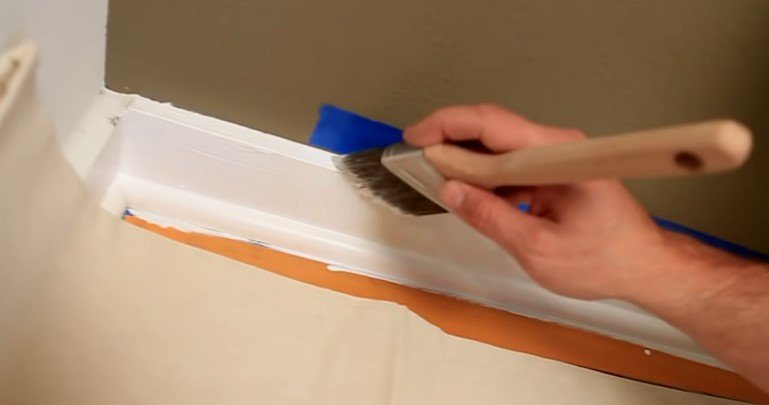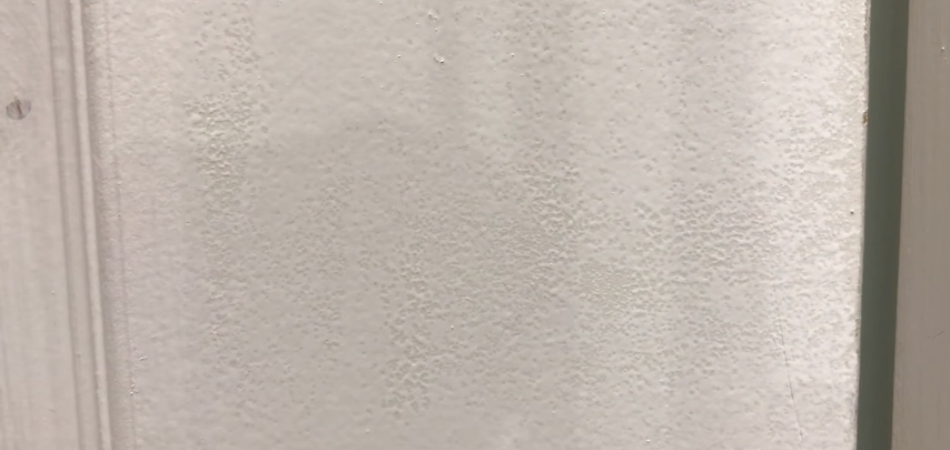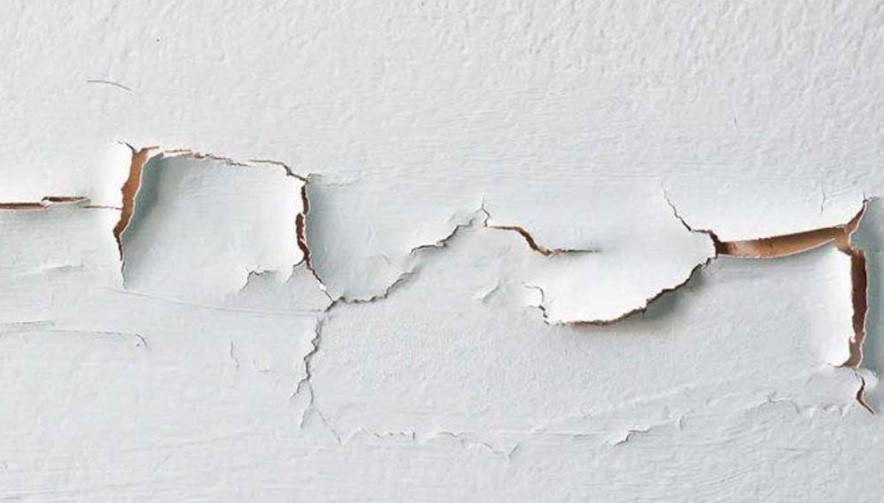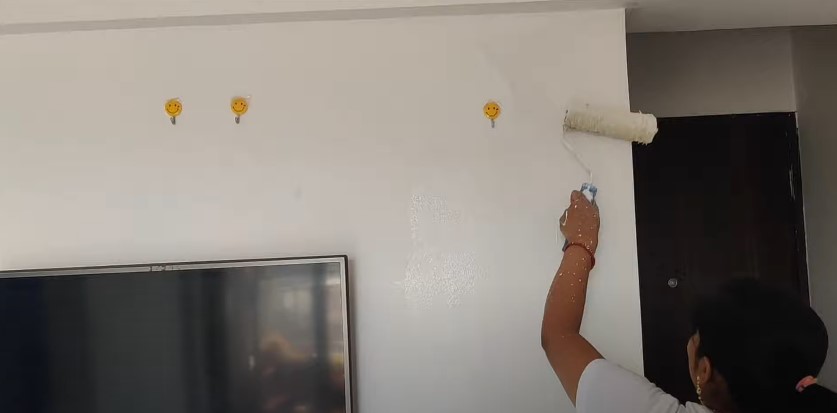Paint adhesion problems are nothing new for painters. Paint not adhering to primer can be quite irritating and can slow down your work pace damaging your complete paint job. So, what are the main reasons for your paint not to stick with primer?
The most common reason for paint not sticking to primers are dirty walls. Moreover, moist walls meaning too much moisture can also cause the paint not to stick to primer properly.
Thus, this guide is for you if you also suffer from your primer and Paint not combining correctly. Today in this guide, we will discuss all the probable reasons for it and solutions to get rid of them.
Contents
Is Primer Really Necessary Before Painting?
In short, yes, primer is essential before painting. Thus, make sure that the paint sticks effectively and also that you receive the nicest, finest touch imaginable; a primer prepares the painting base and covers any blemishes.
Primers are sometimes unnecessary, but if the surface is porous, you need to use one. Glossy surfaces do not retain paint effectively. Any hue will find it considerably more difficult to lock in. The primer’s somewhat permeable and gritty feel creates the ideal surface for the paint to cling to.
Primers can protect any newly created surfaces as they will prevent paint from soaking into them and necessitating additional coats. Additionally, primer minimizes seep from snags as well as other spontaneous flaws and colors in the naked wood while helping to conceal faults or seams on new drywall.
Why Does Paint Not Sticking To Primer?
There can be many reasons for your paint not to stick with primer. Down below, we will discuss all those reasons.
Dirty Walls
Dirty walls are one of the key reasons for your paint not sticking to primer. Any kind of impurities can make it difficult for paint to adhere effectively. The likelihood of your paint adhering is extremely low if the area has grease or debris of any type.
Around sticky, oily, slippery, or shiny surfaces, several paints won’t stick. Prior to painting, washing the walls is advised by all paint manufacturers.
Too Much Moisture in the Wall
Your paint may have trouble bonding to the primer if there is a leakage, moisture, or fungus present. Additionally, the leakage might occur from the roof or the outer surface of a wall.
Do bear in mind that paint and primer respond differently under unusual weather circumstances; as a consequence, too much cold and wetness will impact them differently and lead to an uneven combination of paint and primer.
Low Quality of Paint
Paints made of relatively low polyvinyl acetate may lose stickiness when they are regularly scratched, rubbed, scrubbed, or exposed to excessive moisture. Additionally, they have difficulty adhering to walls painted with oil-based coatings or extremely shiny surfaces.
Not Proper Application
There are certain rules for applying paint, and if you do not follow them, then your paint cannot correctly stick to the primer. Many paints have a tendency to bind to surfaces even without priming. But when applied onto a surface without bonding primers, the majority of paints will not stick effectively.
Additionally, if you apply paint on a wall too thickly, the outside surface will dry off before the inner does. And as a result, the primer won’t stick to it correctly.
What To Do If The Paint Does Not Stick To Primer?
So far, we have seen the probable reasons why the paint doesn’t stick to the primer. Below we will see how you can prevent all those issues.
The Solution to Dirty Walls
The answer is obvious; all you have to do is clean your dusty walls. It is frequently possible to sufficiently wash the wall so that the paint will stick by using a non-oil-based cleanser or simply by washing with a moist towel.
For cleaning painted surfaces, there are several cleaning products available; pick the finest one. TSP is a highly popular option since it yields precise results and leaves your walls spotless.
Remove Moisture from the Wall
Removing moisture from walls is a tricky job, and you must examine your wall very carefully. Look for any leakages and pipe breakages from where water can make your walls wet and dirty.
Find out all the leakages and breakages in our walls; properly mend them and dry your walls so no leakages remain. Now apply a bonding primer before applying paint, and your paint should now properly stick with the primer.
Get High-Quality Paint
Low-quality paints often create problems of not bonding with primers properly. So, you need to get high-quality paints. Paints made of premium acrylic latex are designed to last in high-density areas of a house. Get a quality primer as well; avoid buying the cheapest ones.
You won’t need to put in a lot of work or apply more than two coats of paint to color your surfaces effectively if you use a strong bonding primer.
Apply Paint Properly
You must be very careful when applying paint on walls with a primer. Besides, you need to be aware of the sort of paint you are using and how to apply it correctly.
Generally, outdoor paints may be used when the temperature is between 45-95 degrees, whereas liquid inside paints are intended to be used when the temperature is between 60 and 90 degrees Fahrenheit.
Another thing to keep in mind is that the paint you are applying is not excessively thick, which means avoiding applying more paint than is necessary.
You May Also Read: Why Does Spray Paint Crackle?
Things To Consider When Painting On Primer
Follow these quick tips below to help you achieve a better final result while painting on primer.
Properly Preparing the Area
It is important to properly prep the painting surface before applying paint. Clean your painting surface properly and remove any oils, grease, or stains. Make sure that the surface is fully cleaned without any dust or debris.
Stir Your Primer
Before using your primer, please give it a thorough stir. Take a stick and stir together everything. A fully blended primer will assist improve the product’s uniformity and appearance.
The granules that keep your surfaces looking beautiful must be activated by mixing each primer component.
Keep Track of the Environment
Paints and primer react differently to temperatures. So, you must keep track of them properly. Make sure the temperature is just right for the type of paint and primer you are using.
Another thing to do is to place a mat or plastic on the ground to protect it from stains and accidental paint falling on the ground.
FAQ’s
This section is all about FAQs, and here we will answer a few common questions that will further clarify your confusion regarding our discussion today.
Do You Need To Rub Down Primer Before Painting?
Yes, rubbing primer is required before painting. Your surface will have dips and an uneven texture after priming. It will also create a seal inside your paint, preventing any leakage on your walls. Without rubbing primer, you run the danger of having paint flake, particularly in humid environments.
How Soon Can You Paint After Primer?
The majority of latex primers reach the touch-dry stage in 30 to 60 minutes. However, wait until the priming has thoroughly dried—this might take as long as three hours—before painting the wall.
Cold temperatures and high moisture make drying times longer. So, it also depends on where you live and how hot or cold it is outside.
What Roller Should I Use For Primer?
Compared to a paintbrush, a roller’s porosity texture can hold significantly extra paint and spread an even paint coat far more quickly. It is possible to create different finishes with different rollers.
Use a 9-inch paint roller with a 3/8- to 1/2-inch roller covering to spread primer to the wall’s bigger regions.
Do You Need Primer If The Wall Is White?
If the existing wall is spotless, flat, and painted with white paint, you may skip the priming and go right for the paint. Filling holes, sanding, and sometimes cutting a new bit of drywall into the old wall are all necessary.
Conclusion
Primers play an essential role in painting, so it is crucial to know how to use them properly. However, people often suffer from one problem: paints do not stick to the primer. Hence, today in this guide, we discussed all possible reasons for these adhesion problems.
Always make sure to select the proper type of paint and primer correctly. The quality of primer and paint is highly responsible for the way both of these will blend. A wall primer provides an even base for the paint coat.
It improves the paint’s capacity to cling to the wall and increases the paint’s lifespan and resilience. Additionally, you should always be liberal and utilize top-notch equipment while applying a primer.




